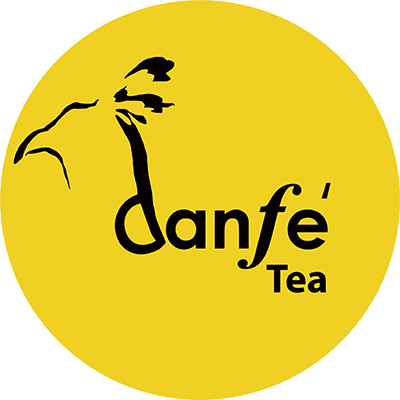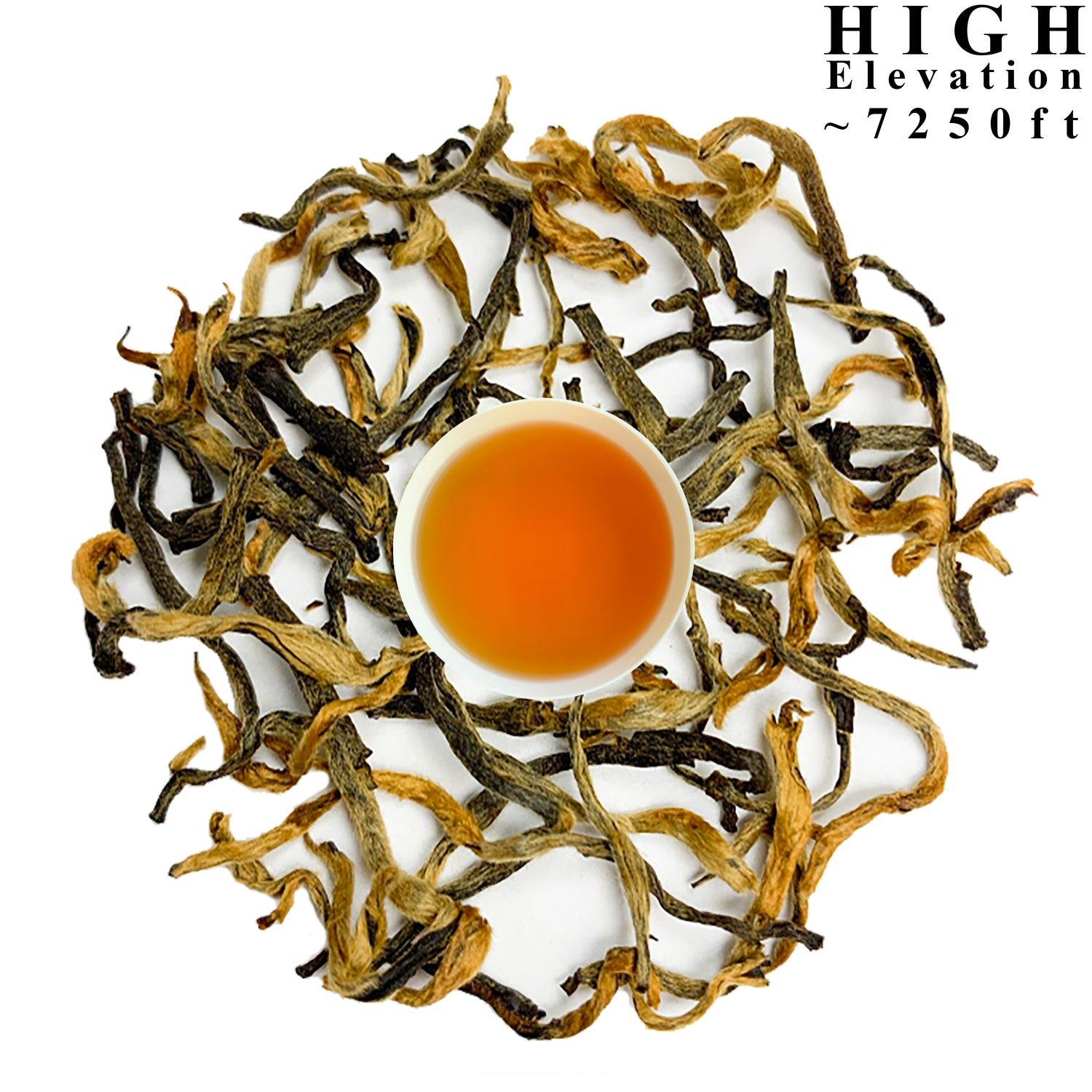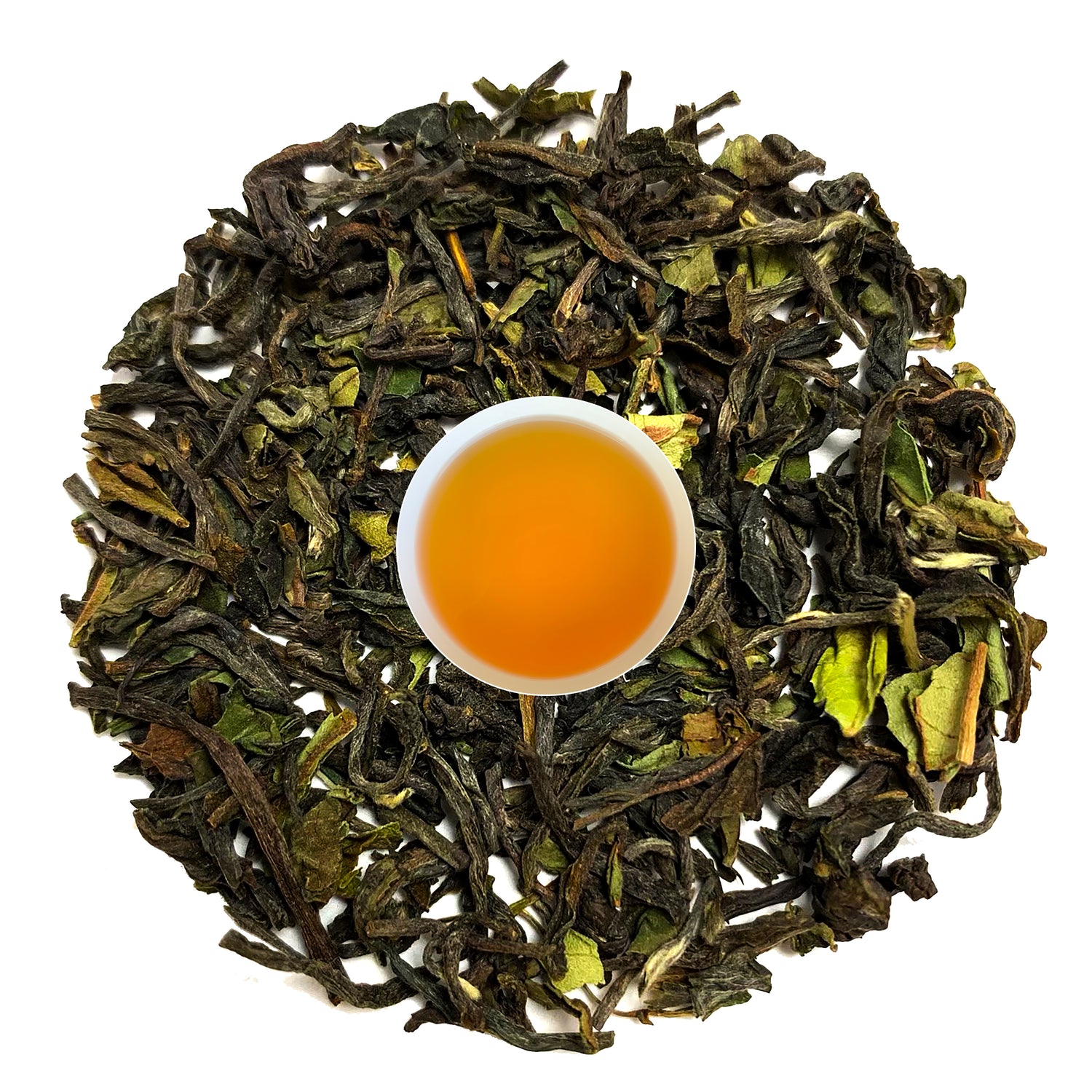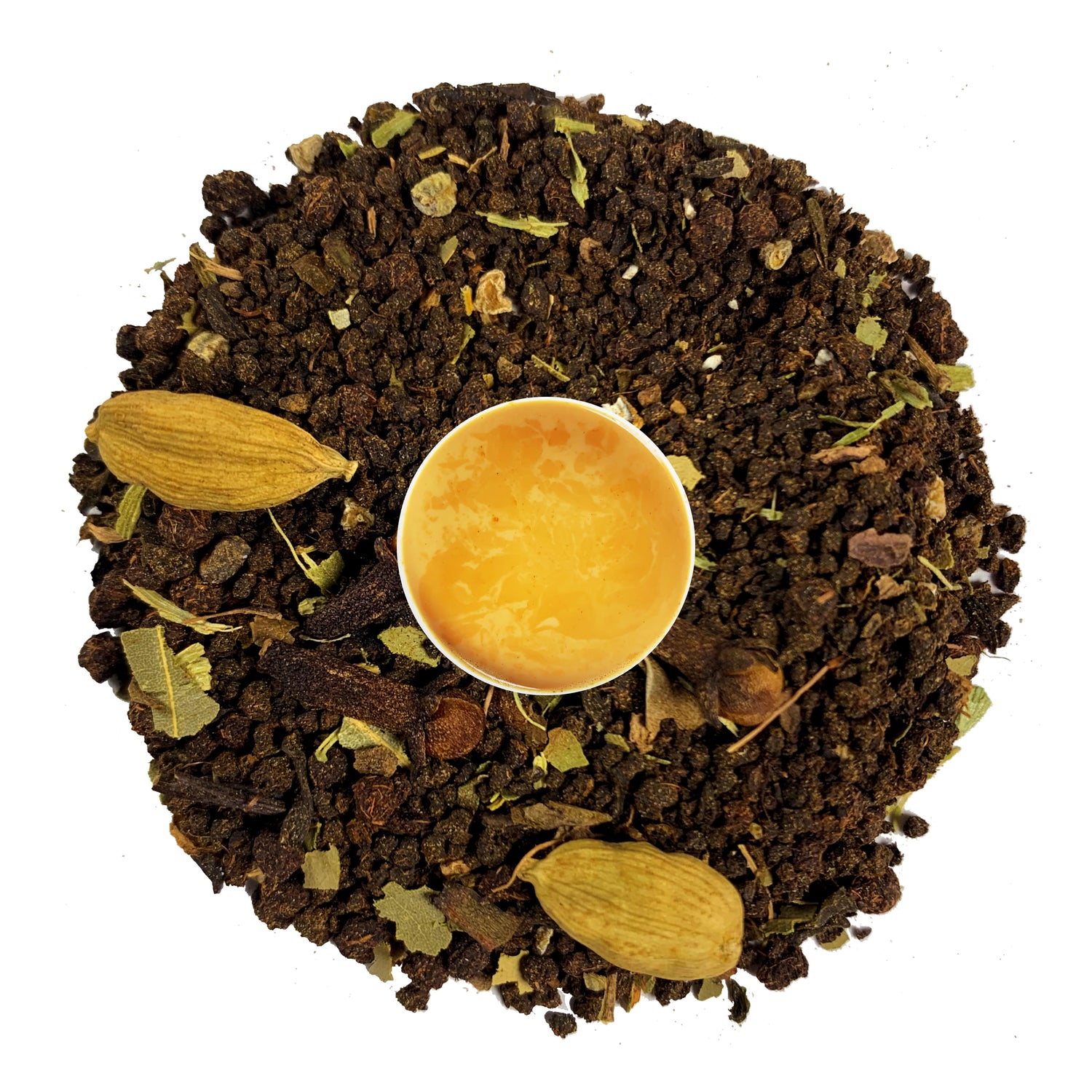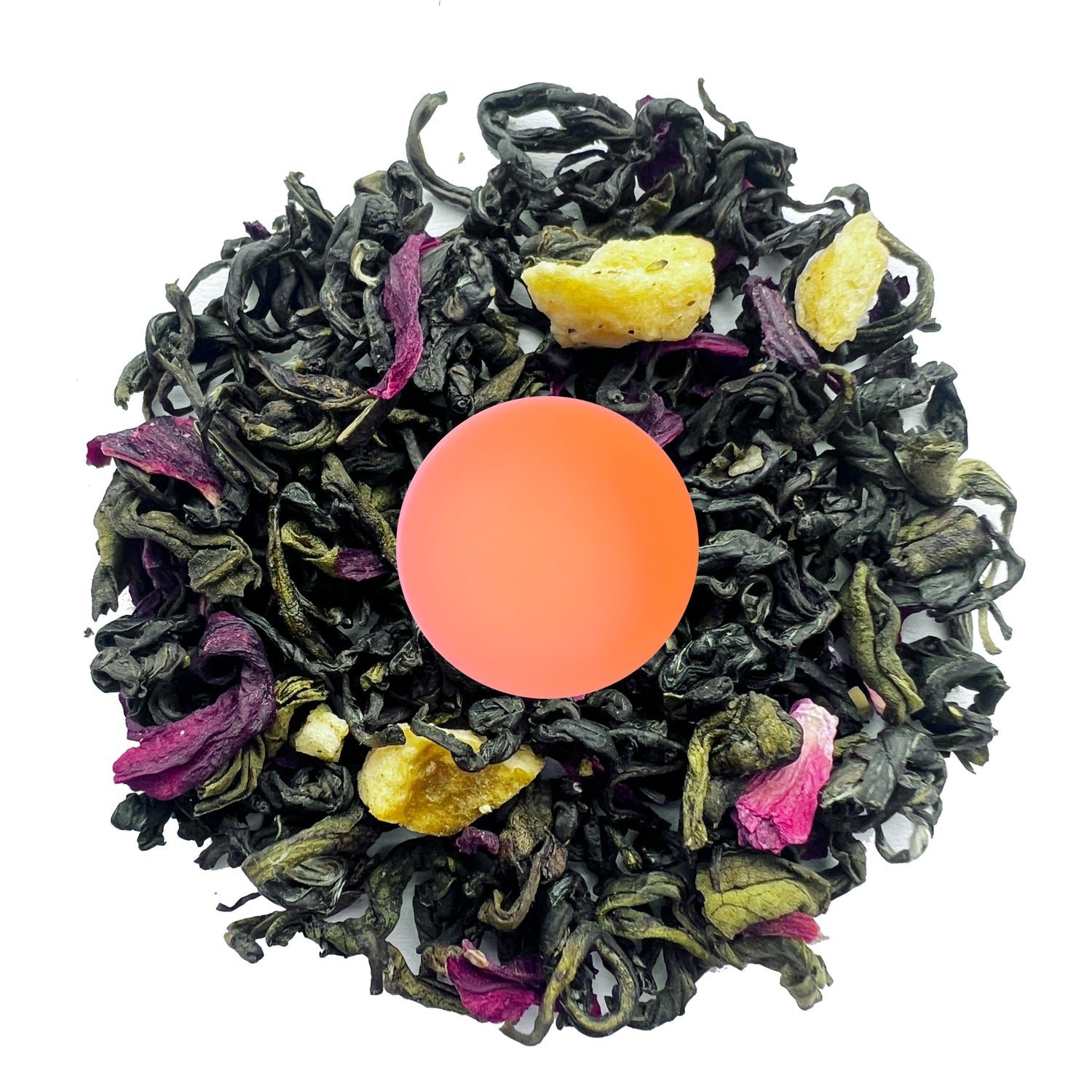
Winter Wellness: Warming Nepali Tea Blends for Cold Days
As winter settles over the Himalayan foothills, the tradition of warming spiced tea becomes more than just a beverage—it transforms into a ritual of comfort, wellness, and cultural heritage. Nepal's unique tea culture, rooted in centuries of tradition and enhanced by high-altitude cultivation, offers some of the world's most aromatic and therapeutic tea blends perfect for cold weather.
The Heritage of Nepali Tea
Nepal's tea industry has a fascinating history that began in the 1860s when tea cultivation was first established in the Ilam district, situated at elevations between 3,000 to 7,000 feet above sea level. The region's pristine Himalayan conditions—characterized by cool temperatures, misty mornings, and mineral-rich soil—create an ideal environment for producing exceptional quality tea.
Today, over 16,000 hectares of Nepal's hilly regions are dedicated to tea cultivation, with six major districts producing orthodox tea: Ilam, Panchthar, Dhankuta, Terhathum, Sindhulpalchok, and Kaski. These high-altitude teas are hand-picked and processed using traditional methods, resulting in complex flavors that rival the renowned Darjeeling teas of neighboring India.
Traditional Nepali Masala Chai: The Winter Staple
At the heart of Nepal's winter wellness tradition lies Masala Chiya (spiced tea), a beloved beverage that combines robust black tea with aromatic Himalayan spices. Unlike its Indian counterpart, Nepali masala chai features a smoother, less sweet taste profile and often incorporates unique Himalayan herbs.
Essential Spices in Nepali Winter Blends
Ginger (Aduwaa)
Freshly grated ginger is the cornerstone of warming winter teas. This powerful rhizome contains gingerol, which helps reduce inflammation and pain while supporting the immune system. During cold weather, ginger helps the body "sweat out toxins" and provides relief from sore throats and respiratory congestion.
Cardamom (Alainchi)
Both green and black cardamom feature prominently in Nepali tea blends. Cardamom serves as an excellent decongestant with antiseptic properties, helping clear respiratory pathways when you're fighting winter ailments. Its sweet, slightly minty flavor adds aromatic complexity to every cup.
Cinnamon (Dalchini)
This warming spice does more than add sweetness. Research suggests cinnamon can help improve blood circulation, control blood sugar levels, and prevent cognitive decline. Traditional Chinese and Ayurvedic medicine have long valued cinnamon for treating coughs and colds.
Cloves (Lwang)
These small but mighty buds pack tremendous health benefits. Cloves are exceptionally high in antioxidants and serve as natural painkillers, particularly effective for toothaches, gum pain, and sore throats—common winter complaints.
Black Pepper (Khorsani)
Often overlooked, black pepper is a traditional Ayurvedic remedy for colds and coughs. Adding just a few peppercorns to your tea blend enhances both flavor and therapeutic properties.
Health Benefits: Science Meets Tradition
The warming spices in Nepali tea blends aren't just folklore—they're backed by scientific research. A clinical study involving 204 Type 2 diabetes patients found that consuming cardamom, cinnamon, and ginger with black tea improved markers of glycemic control and reduced inflammation.
Key Winter Wellness Benefits:
Immune System Support
The combination of tea catechins and warming spices creates a powerful immune-boosting effect, helping your body defend against winter illnesses naturally.
Anti-Inflammatory Properties
Spices like turmeric, ginger, and black pepper contain compounds that reduce inflammation throughout the body, potentially easing pain and supporting overall health.
Improved Circulation
Warming spices help widen blood vessels and increase blood flow, which not only keeps you warm but also ensures better nutrient and oxygen absorption.
Digestive Health
Ginger, fennel, and cardamom support healthy digestion and reduce bloating—particularly helpful during winter when we tend to eat heavier foods.
Respiratory Relief
The steam from hot spiced tea combined with the decongestant properties of cardamom and ginger provides immediate relief for stuffy noses and sore throats.
How to Prepare Authentic Nepali Masala Chai
Ingredients (for 2 servings):
- 2 cups water
- 1 cup full-fat milk
- 1½ tablespoons loose black tea leaves (preferably from Ilam or Dhankuta)
- 3-4 green cardamom pods, crushed
- 2 cloves
- 1 small cinnamon stick
- ¼ teaspoon freshly grated ginger
- 5-8 black peppercorns (optional)
- 1 bay leaf (optional)
- Sugar or honey to taste
Method:
- In a saucepan, bring water to a boilAdd crushed cardamom, cloves, cinnamon stick, ginger, and peppercorns
- Let the spices simmer for 2-3 minutes to release their aromatic oils
- Add the loose black tea leaves and simmer for another 2-3 minutes
- Pour in the milk and stir well
- Allow the mixture to come to a gentle boil, stirring occasionally to prevent overflow
- Simmer for 3-5 minutes for a creamier, spicier flavor
- Strain through a fine mesh strainer into cups
- Add sweetener to taste and serve immediately
Pro Tip: Use a mortar and pestle to lightly crush whole spices before brewing—this releases maximum flavor and essential oils.
Regional Variations and Specialty Blends
Yak Mountain Masala Chai
Named after the hardy animals that traverse Nepal's high passes, this blend incorporates Himalayan herbs alongside traditional spices for an authentic mountain experience.
Lemongrass Ginger Tea
For those seeking a lighter option, combining lemongrass with ginger creates a warming herbal tea with a bright, lemony aroma. Lemongrass provides calming effects and is rich in vitamins A and C.
Sourcing Quality Nepali Tea
When selecting tea for your winter blends, look for teas grown at high altitudes (7,000-7,500 feet), as these develop more complex flavors and higher concentrations of beneficial compounds. Organic, hand-picked loose-leaf teas from Ilam, Dhankuta, or Panchthar districts offer the most authentic experience.
The unique terroir of Nepal's tea-growing regions—including loamy, mineral-rich soil, consistent monsoon rains, cool misty mornings, and sharp temperature variations between day and night—creates teas that are naturally less astringent with robust, nuanced flavors.
Making Tea a Daily Winter Ritual
In Nepal, tea isn't just a beverage—it's a way of life. Morning doesn't truly begin until that first sip of masala chiya. This cultural practice offers valuable lessons for creating our own winter wellness routines.
Consider making a large pot of spiced tea in the morning and storing it in a thermal flask to sip throughout the day. This keeps you hydrated (crucial in dry winter air), provides continuous immune support, and offers moments of warming comfort during the coldest hours.
Cautions and Considerations
While these warming teas offer numerous benefits, moderation is key. Limit ginger tea consumption to 3-4 cups daily, as excessive amounts may cause bloating or heartburn in sensitive individuals. Pregnant women should consult healthcare providers before consuming ginger regularly, especially near delivery.
Those with gallstones should moderate cardamom intake, as it can stimulate bile production. Always consult your doctor if you're taking medications that might interact with these spices.
Conclusion: Embracing Himalayan Wisdom
As temperatures drop and winter settles in, the warming tea blends of Nepal offer more than just physical comfort—they connect us to centuries of mountain wisdom and natural healing. By incorporating these aromatic, therapeutic beverages into your daily routine, you're not just drinking tea; you're participating in a time-honored tradition of wellness that has sustained Himalayan communities through countless winters.
Whether you're fighting off a cold, seeking comfort on a chilly evening, or simply wanting to experience the rich flavors of the Himalayas, Nepali spiced tea blends provide the perfect solution. So gather your spices, source some quality high-altitude tea, and let each warming sip transport you to the misty mountains of Nepal.
